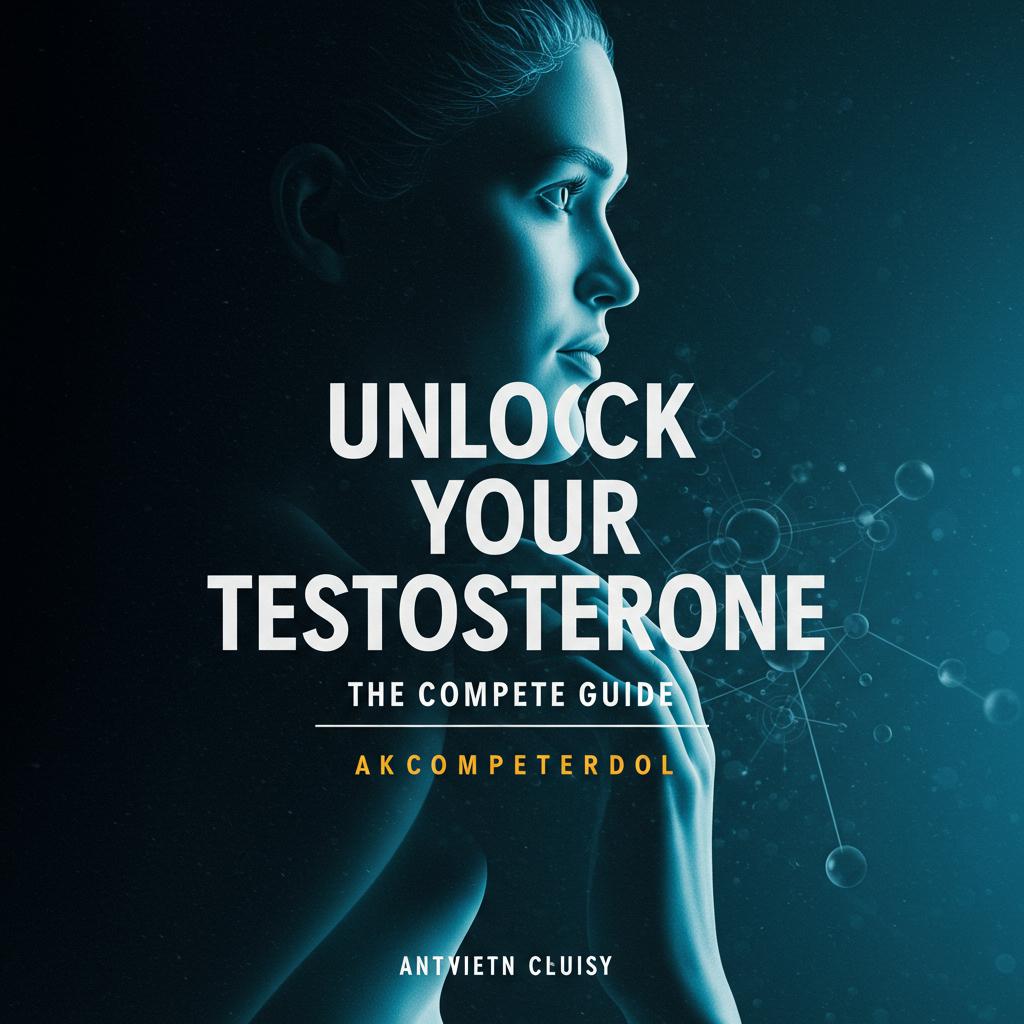
Let’s talk about low testosterone, a surprisingly common issue for men, especially as they get older. You might hear the medical term “hypogonadism” thrown around, and that’s exactly what we’re talking about. Now, while this condition is pretty frequent, it often goes undiagnosed and untreated. There’s a lot of debate about whether or not to treat low testosterone, particularly in older men, but it’s a conversation definitely worth having.
This isn’t about boosting testosterone just to hit the gym harder; it’s about addressing a genuine health concern that can significantly impact a man’s quality of life. So, let’s break down how to recognize, diagnose, and manage low testosterone effectively.
- Spotting the Signs: The symptoms can be subtle and easily dismissed as just “getting older.” We’re talking about things like fatigue, low energy levels, decreased sex drive, difficulty building muscle, even mood changes like depression or irritability. Sound familiar? It might be worth investigating further.
- Getting a Diagnosis: If you suspect you might have low testosterone, don’t hesitate to talk to your doctor. A simple blood test can measure your testosterone levels. It’s important to have this done in the morning when testosterone levels are typically highest. Your doctor will consider your symptoms, medical history, and these test results to determine if you have hypogonadism.
- The Treatment Puzzle: While treating younger men with clear causes of low testosterone (like problems with the pituitary gland or testicles) is generally accepted, the picture gets a bit murkier with older men. There’s ongoing discussion about the benefits and risks of testosterone replacement therapy in this age group. Recent clinical trials have shed some light, showing that treatment can offer benefits but isn’t without potential downsides.
- Weighing the Pros and Cons: So, what are these potential benefits? They can include improved energy levels, increased libido, better mood, and increased bone density. On the flip side, potential risks could include acne, sleep apnea, and an increased risk of prostate problems. It’s a personal decision, and one you should make in close consultation with your doctor.
- Personalized Approach is Key: There isn’t a one-size-fits-all approach to treating low testosterone. Your doctor will work with you to develop an individualized plan, considering your specific symptoms, health history, and preferences. There are various treatment options available, including injections, gels, patches, and pellets. Each has its own advantages and disadvantages, and your doctor will help you determine the best fit for you.
- Monitoring Your Progress: Once you start treatment, regular monitoring is essential to ensure it’s working effectively and to minimize any potential risks. This usually involves follow-up appointments with your doctor and regular blood tests to check your testosterone levels and other health markers.
The bottom line is this: low testosterone shouldn’t be ignored or brushed off as an inevitable part of aging. It’s a treatable condition, and addressing it can significantly improve a man’s well-being and quality of life. Talking to your doctor is the first step towards getting the answers and support you need. Don’t hesitate to bring up any concerns you have and ask questions. Your health is worth it.
